How to remove cell border color in Excel
In this Excel tutorial lesson, we will learn how to remove the cell border color in Excel.

Excel Skills Simplified: Tutorials That Actually Work

In this Excel tutorial lesson, we will learn how to remove the cell border color in Excel.

In this Excel tutorial, you will learn how to fit an exponential curve.
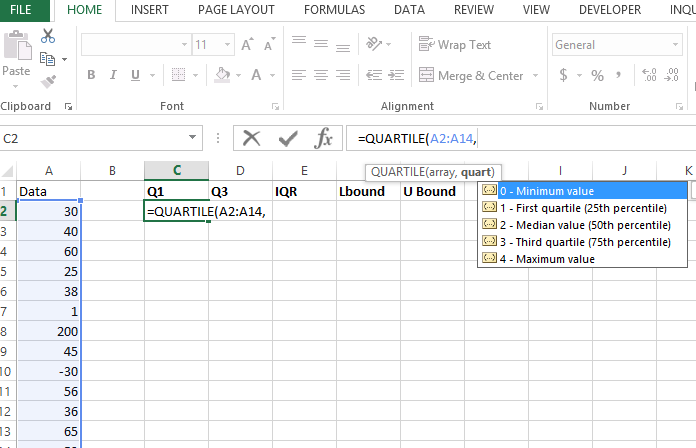
In this article, we will learn how to find outliers in Excel.
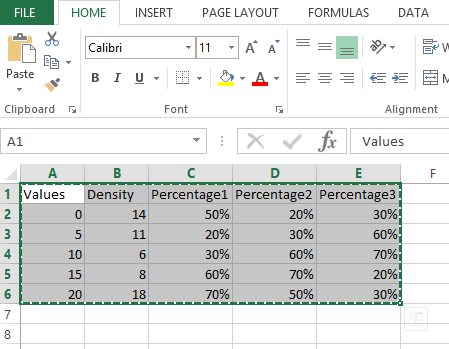
In this charting tutorial, you will learn how to create an Excel chart with multiple ranges on a single x-axis to display multiple data series with different value ranges.
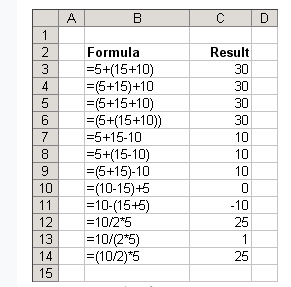
Parentheses are an important part of Excel formulas. They are used to group together certain parts of a formula and to indicate that these parts should be calculated first.
By using parentheses, you can control the order of operations in your formulas, ensuring that they are calculated in the way that you intended
In this Excel tutorial, you learn about the importance of parentheses in Excel.
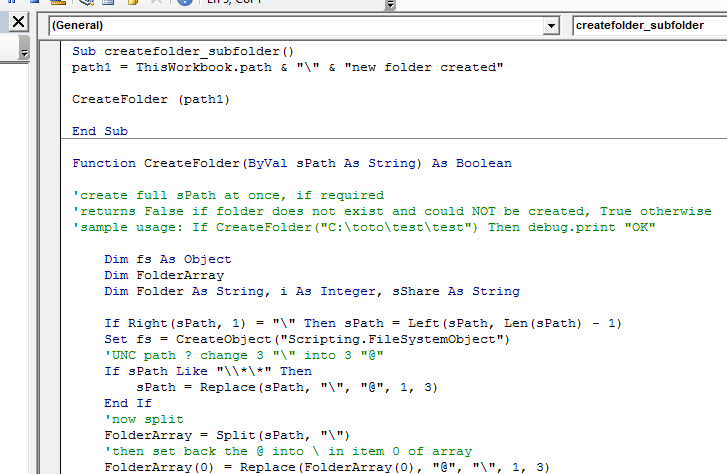
In this Excel VBA tutorial lesson, you learn how to create folders and subfolders using Excel VBA.
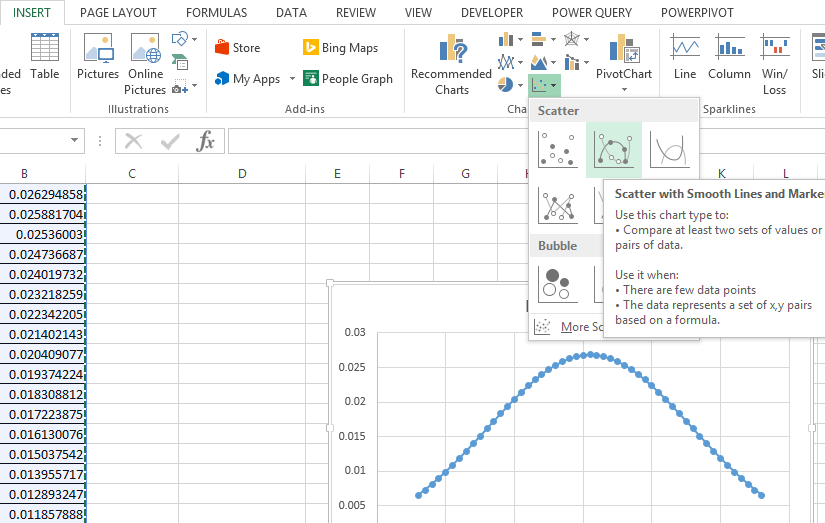
A bell curve is a symmetrical distribution that is often used to represent the normal distribution of data. We will learn how to create a bell curve in Excel.
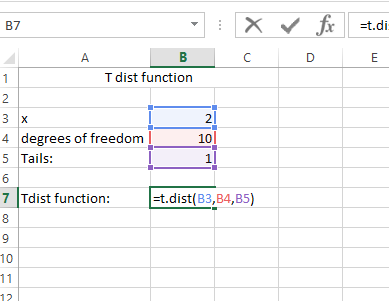
In this Excel tutorial lesson, we’ll explore a valuable statistical concept, T-Value, and how to calculate it using Microsoft Excel.
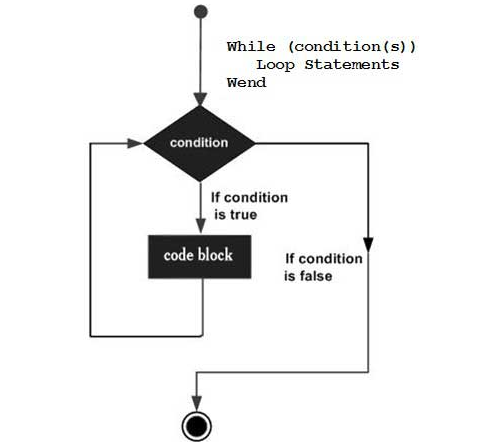
I will explain how to use the While Wend loop in Excel VBA Code.

In this article you learn how to fix middle mouse button not working issue in Excel.